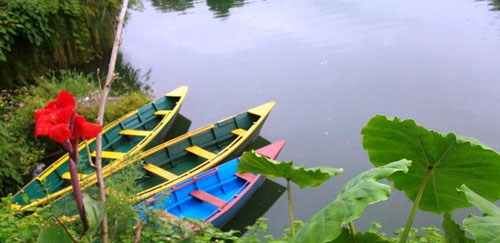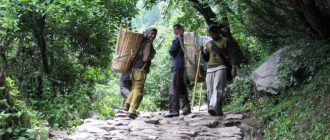Want to know more about weather in Nepal? The following article should help prepare you prior to your trip to Nepal.
When discussing the weather in Nepal, it is important to mention that the weather can vary depending on the respective regions within Nepal. As an example, the southern areas of Nepal are typically host to fairly tropical weather, whilst, the central regions in Nepal are characterised with subtropical weather. The reasons for such differences in the weather are that Nepal is host to a significant range of altitudes within a relatively small area.
Consequently, the following information detailing weather in Nepal, should be taken as general information only. If you are planning a trip to a specific area within Nepal then it’s suggested that you look at relevant weather / meteorological sites on the internet for specific weather forecasts during your time of travel.
The weather in Nepal falls within the four climatic seasons. The spring weather season in Nepal falls between March and May; the summer weather period in Nepal falls between June and August; the autumn weather season falls between September and November and finally, winter weather in Nepal falls between the months of December to February.
As with the UK therefore, it’s fairly easy to predict the weather in Nepal at the point in which you travel there.
Some people talk about two seasonal weather periods in Nepal, with the two periods being the dry and the wet. October to May is generally the driest time to visit Nepal and the remaining four months are the wettest months. Therefore, if you are averse to rainy weather, then avoid the months of June to September as it is during this period in Nepal that the monsoon weather hits. 80% of the annual rainfall in Nepal falls during these months. The monsoon weather period in Nepal can be split into four distinct categories – pre-monsoon, summer monsoon, post-monsoon, and winter monsoon. Pre-monsoon weather refers to the significant flow of moist air arriving in Nepal, the summer monsoon refers to the period in which rainfall is at its highest, the post-monsoon refers to the decline of the monsoon weather and finally, the winter monsoon refers to a period of weather in which there are occasional periods of rainfall in the plains and lowlands of Nepal.
Depending on the reason for your trip to Nepal, then Spring and Autumn are good times for general travel. However, if the purpose of your trip is to take a Himalayan trek in the rain shadow, then Summer is a good time to go.





